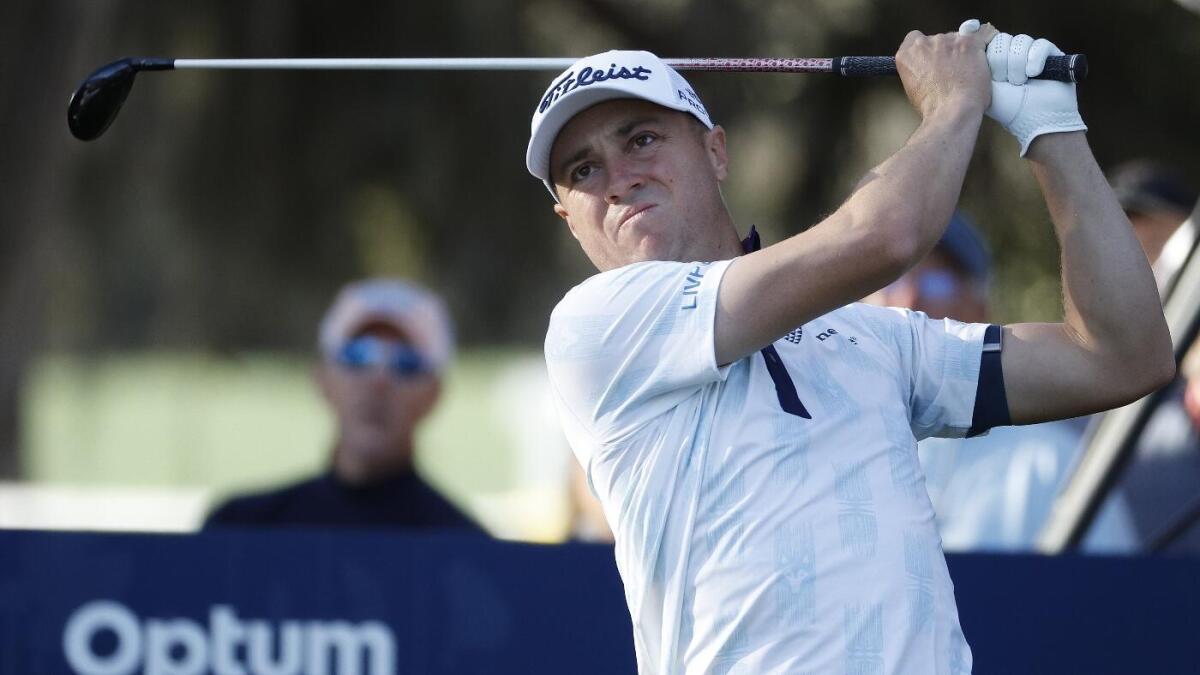The 2025 U.S. Open: A New Era of Golf Prediction Powered by AI
Revolutionizing Golf Analysis: The Predictive Powerhouse
The 2025 U.S. Open represents more than a prestigious tournament; it serves as a proving ground for advanced analytics in sports prediction, particularly through an innovative golf model developed by SportsLine. This model’s ability to meticulously simulate tournaments—running 10,000 iterative scenarios—offers a detailed, probabilistic landscape of player performance, incorporating a diverse spectrum of factors from current form to psychological resilience and course intricacies. The model’s impressive track record, including predicting 15 major championships and a seamless streak in prestigious tournaments like the Masters, validates its analytical rigor and marks a transformative moment in how golf outcomes are forecasted.
Highlighting the Front-Runners: Scheffler and McIlroy in the Spotlight
Emerging from the model’s dense simulation data, Scottie Scheffler stands poised as the leading favorite with +320 odds, reflecting both his current momentum and adaptive skills on golf’s toughest stages. His potential to secure a second major win at Oakmont Country Club underscores a performance profile finely attuned to high-pressure environments. Rory McIlroy, with +550 odds, follows closely, buoyed by recent Masters success and demonstrated consistency. The model’s alignment with these frontrunners elucidates how machine insights can corroborate—and sometimes even deepen—our understanding of elite athlete readiness and competitive dynamics.
Challenging Expectations: The Jon Rahm Anomaly
Perhaps one of the most striking aspects of the AI-driven forecast is its skepticism toward Jon Rahm’s potential top-10 finish. Despite Rahm’s pedigree as a two-time major winner and his recent near-victory at the PGA Championship, the model suggests a performance dip at Oakmont. This prediction challenges conventional narratives shaped by recent form and past achievements, highlighting how AI can unveil less obvious outcomes by weighing subtle influences and variances—a reminder of golf’s unpredictable nature and the value of probabilistic modeling.
Emerging Talent and Expanding the Competitive Horizon
Beyond the marquee names, the AI model introduces rising players such as Ludvig Aberg and Xander Schauffele into the conversation. Their recent performances inject fresh variables into the tournament’s competitive fabric. By identifying these players as potential disruptors, the model not only enriches golfing storylines but also offers strategic insights for fantasy golf participants and bettors seeking undervalued opportunities. This expanded focus illustrates how AI extends predictive precision beyond established stars to encapsulate the evolving field.
The Method Behind the Magic: Deep Simulations and Data Integration
Central to the model’s success is its methodology: running extensive simulations to capture the vast range of possible outcomes, thereby dampening the impact of randomness or fleeting trends. It synthesizes historical data, player-specific metrics, course specifics, and psychological aspects to forecast realistic scenarios. This multi-dimensional approach sets a benchmark in sports analytics, transforming raw data into actionable insight and redefining expectations for predictive accuracy in golf.
A Game-Changer for Enthusiasts and Bettors
For golf fans, the model’s predictions offer an enriched viewing experience, spotlighting critical matchups and emerging narratives with statistical backing. For bettors, especially within fantasy leagues and sportsbooks like FanDuel or DraftKings, these insights provide a foundation for informed wagering strategies that balance risk and reward intelligently. The model’s proven success across previous majors ensures its analyses carry weight, effectively bridging the gap between traditional intuition and quantitative forecasting.
Looking Ahead: The Future of Golf Through AI’s Lens
The 2025 U.S. Open illustrates a compelling fusion of technology and sport, where AI’s analytical sophistication harmonizes with the unpredictable drama on the fairways. With Scheffler and McIlroy as central figures, and the model’s bold predictions like Rahm’s anticipated challenges, this tournament promises not only riveting competition but also a glimpse into the future of sports forecasting. As Oakmont unfolds, the intersection of data-driven insight and athletic prowess will captivate and perhaps redefine our appreciation of golf’s finest moments.

